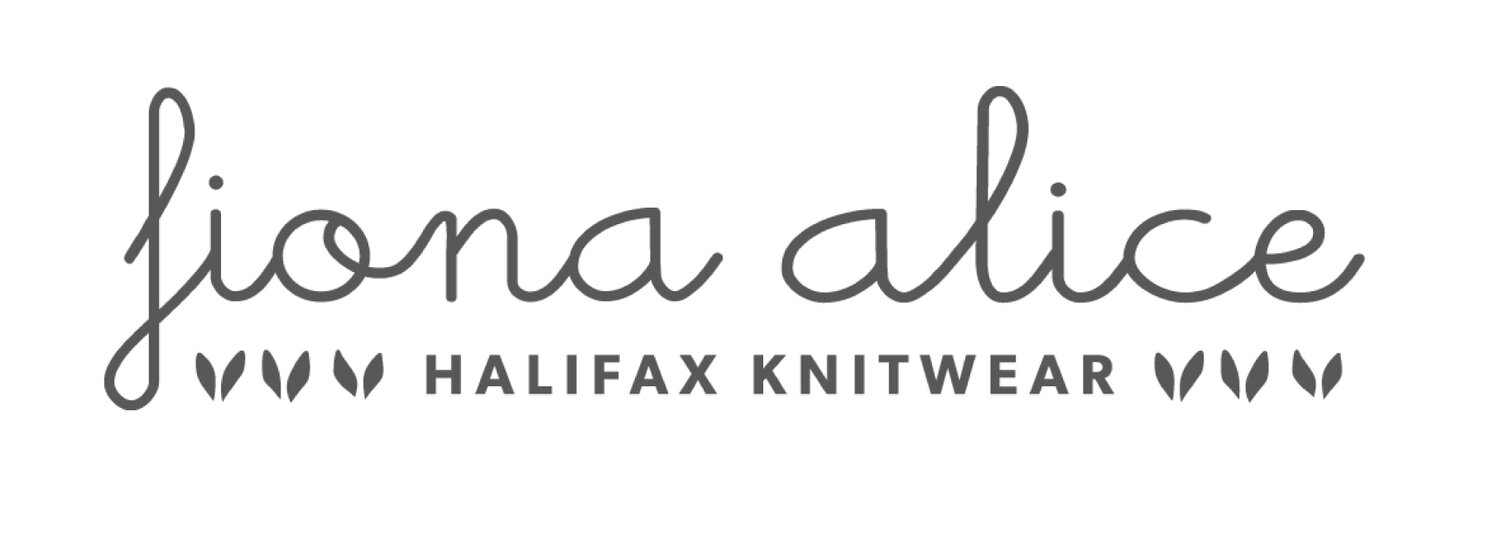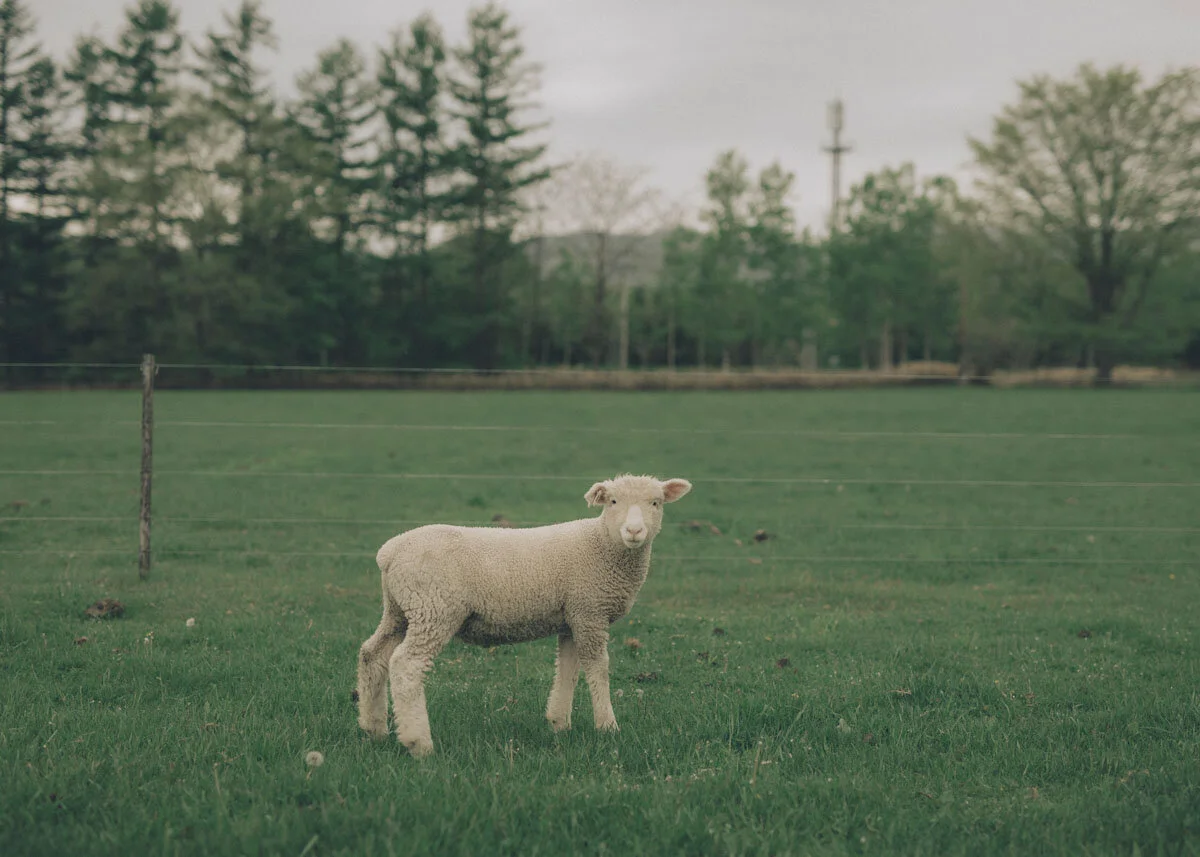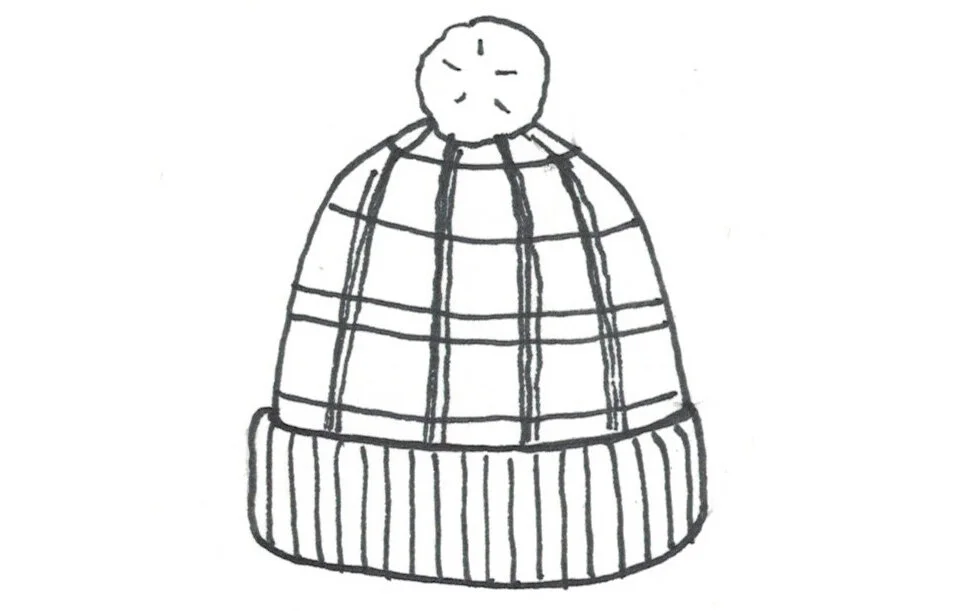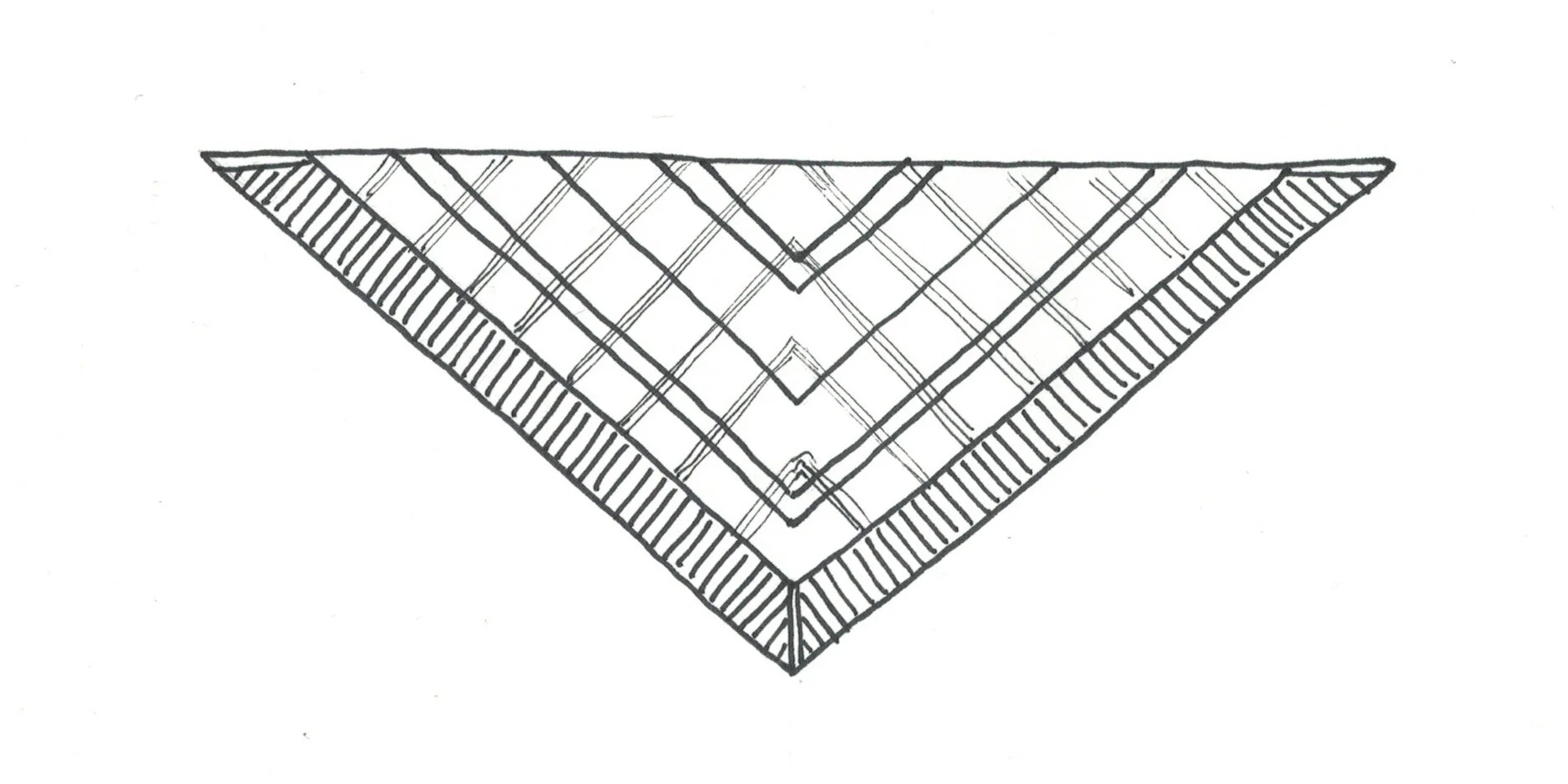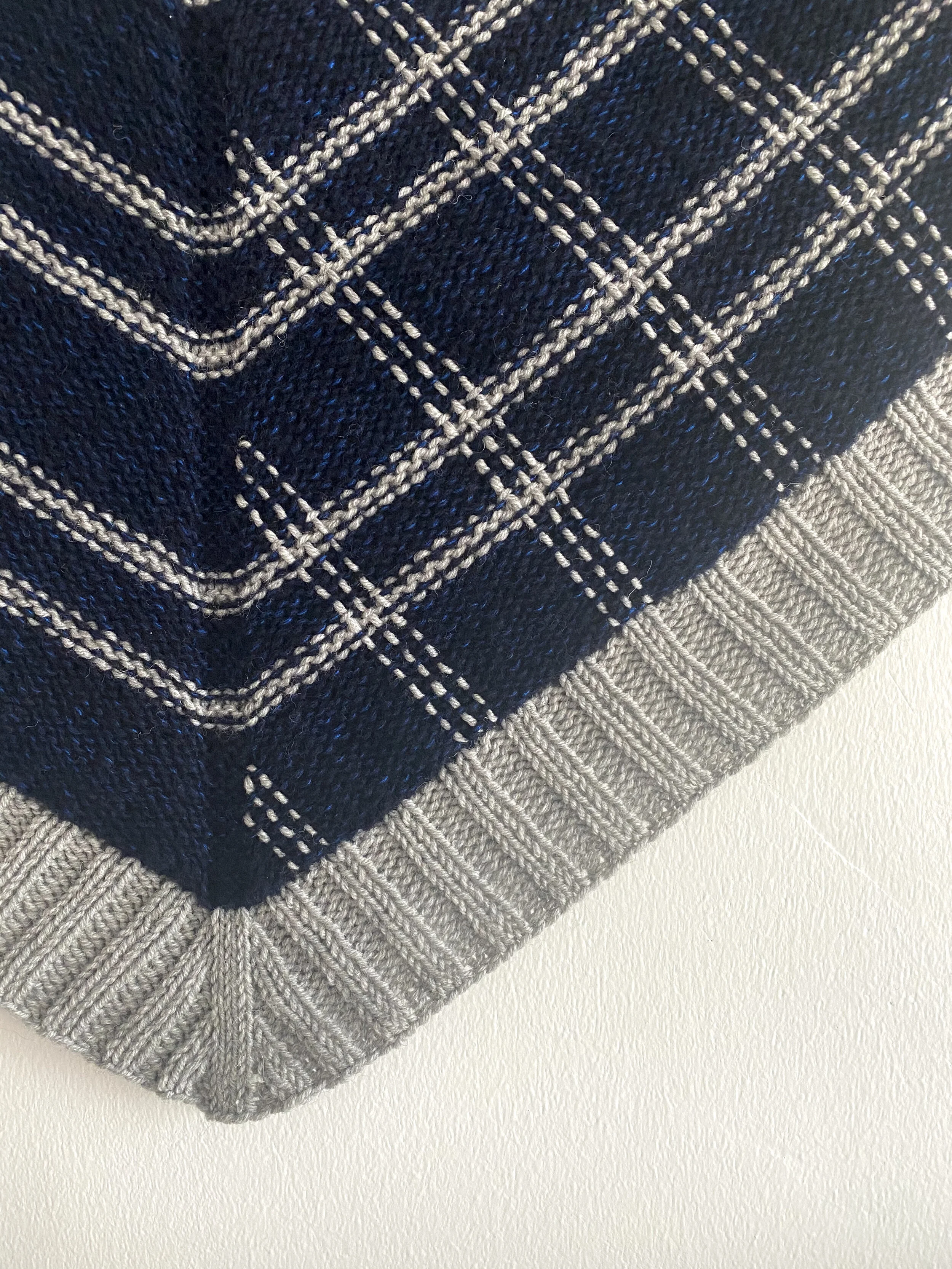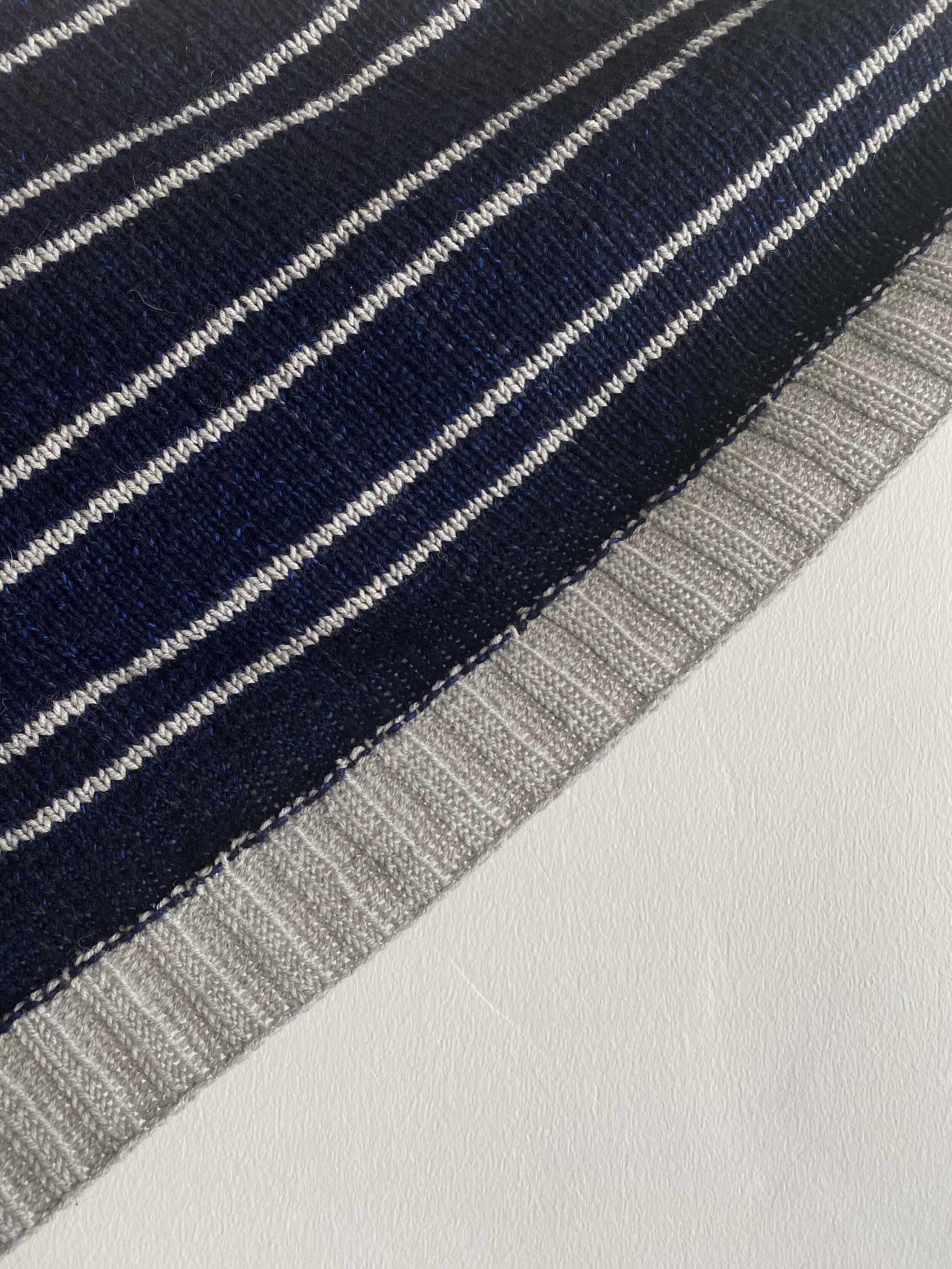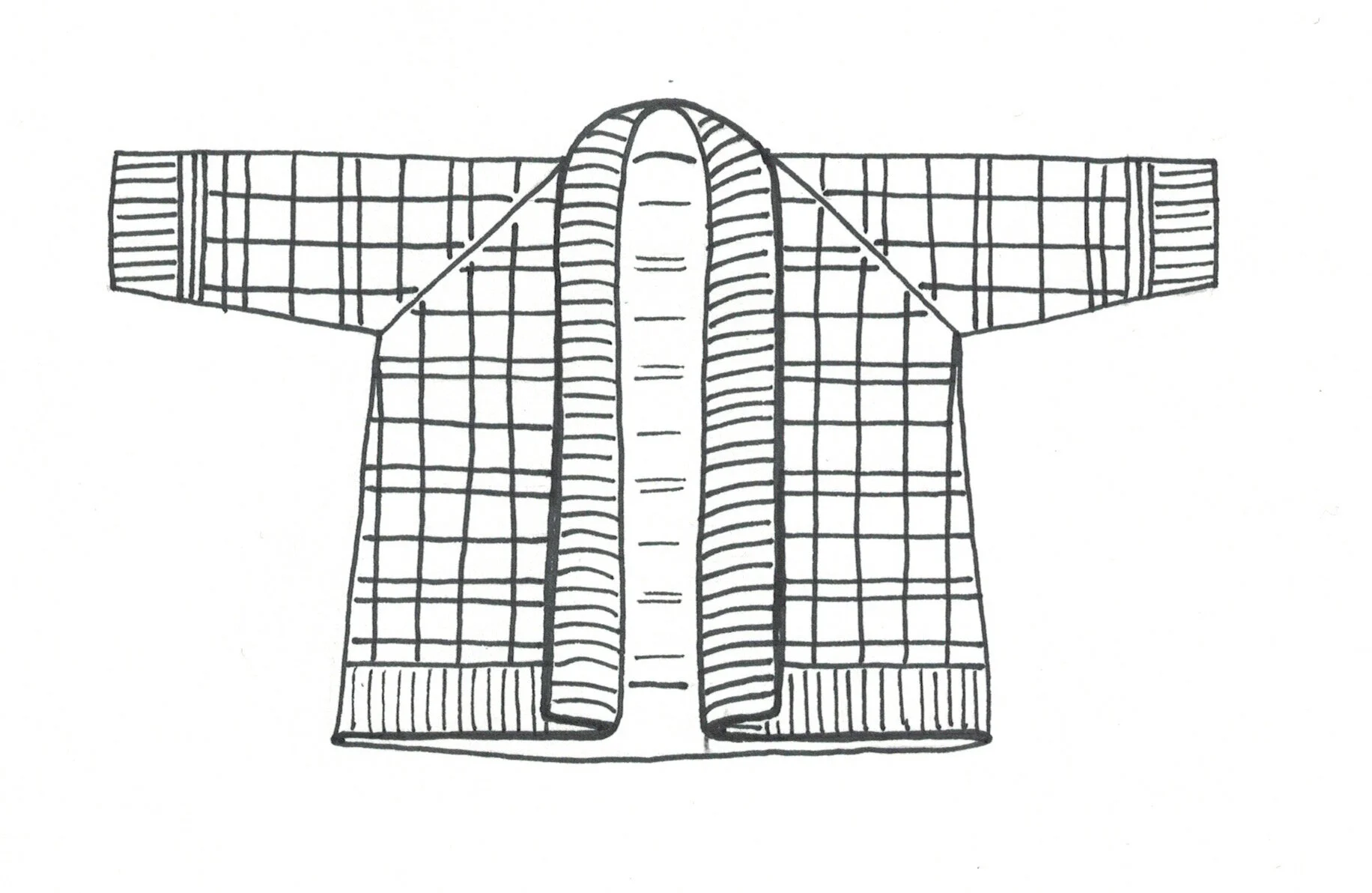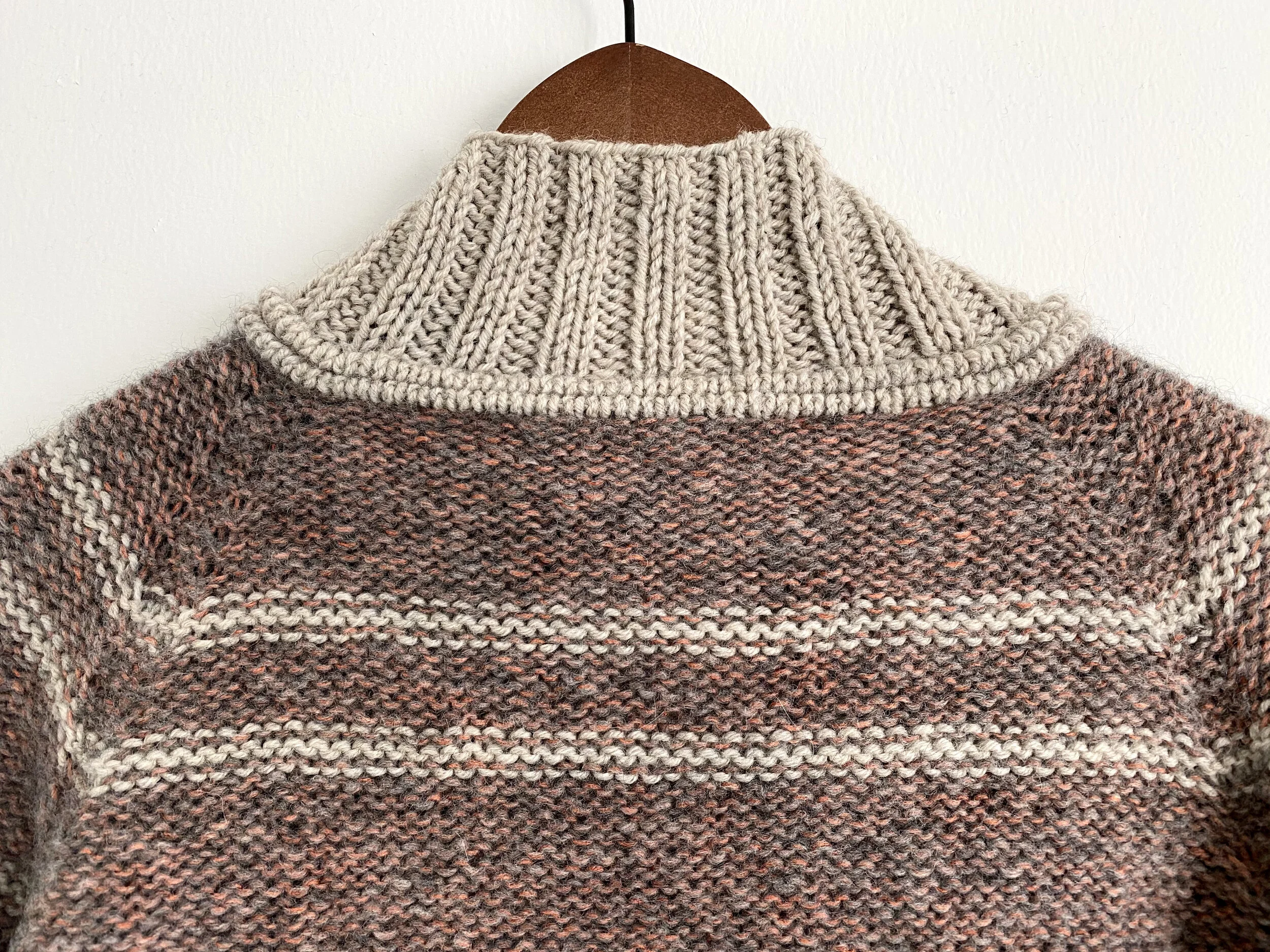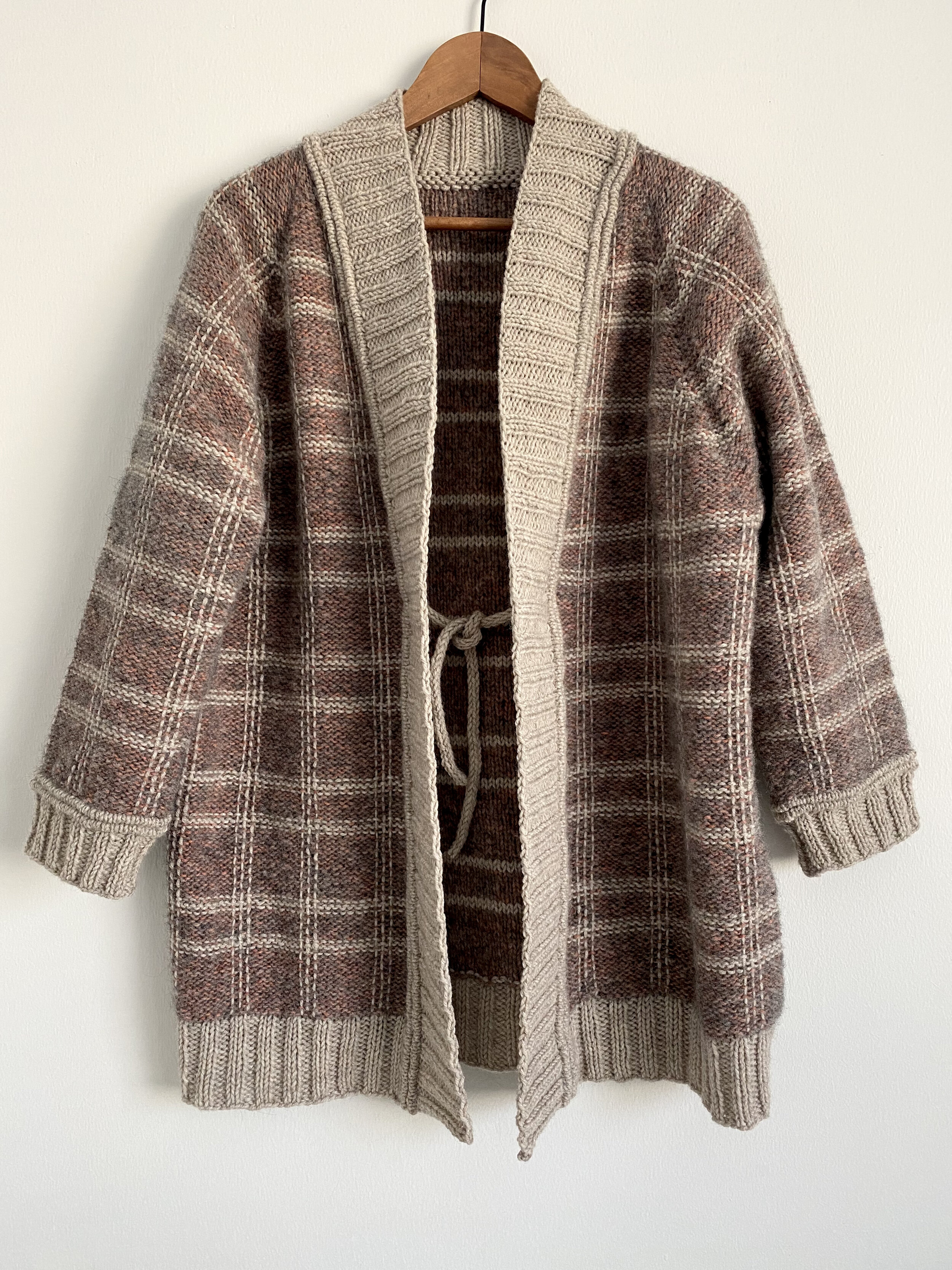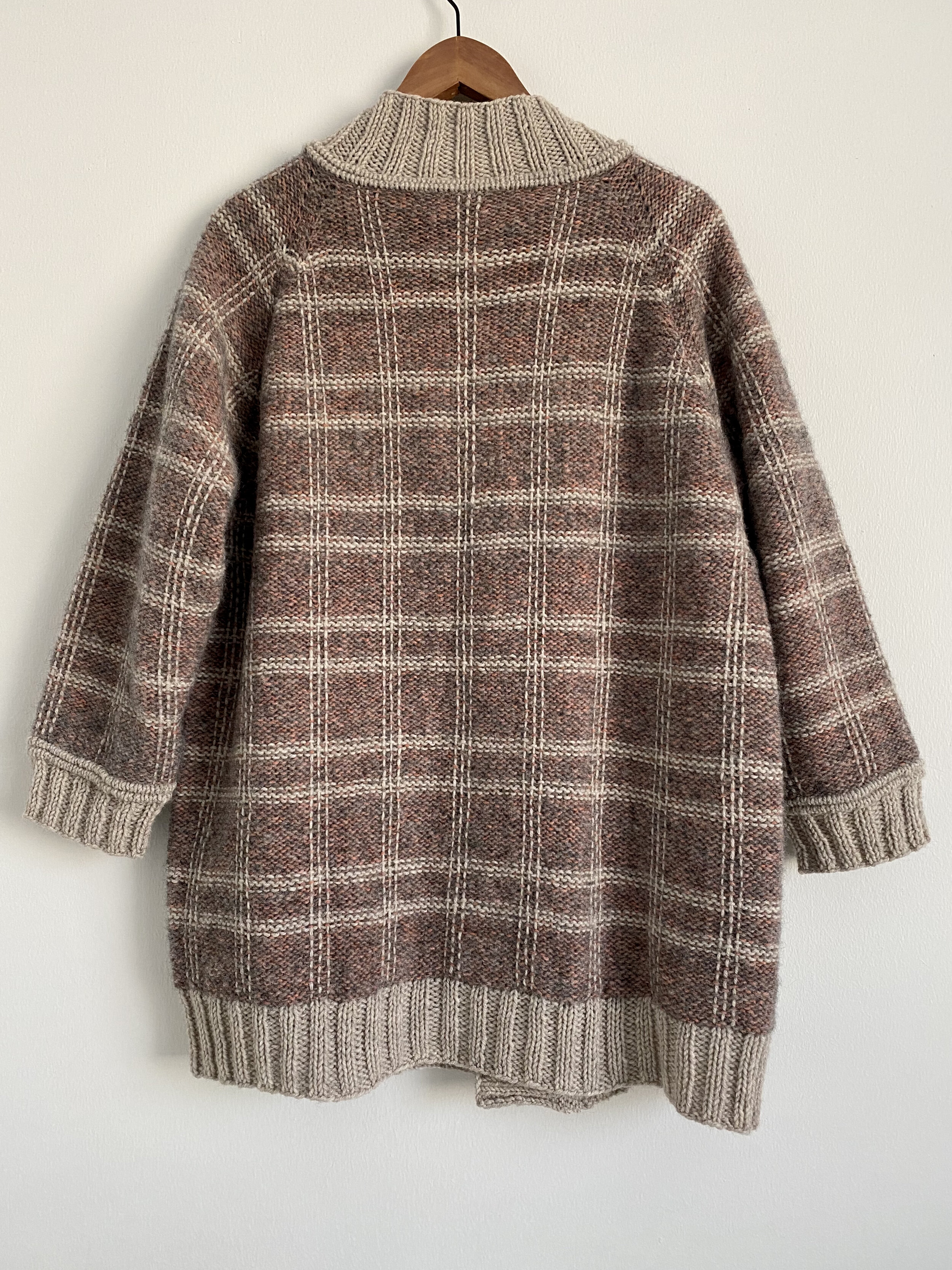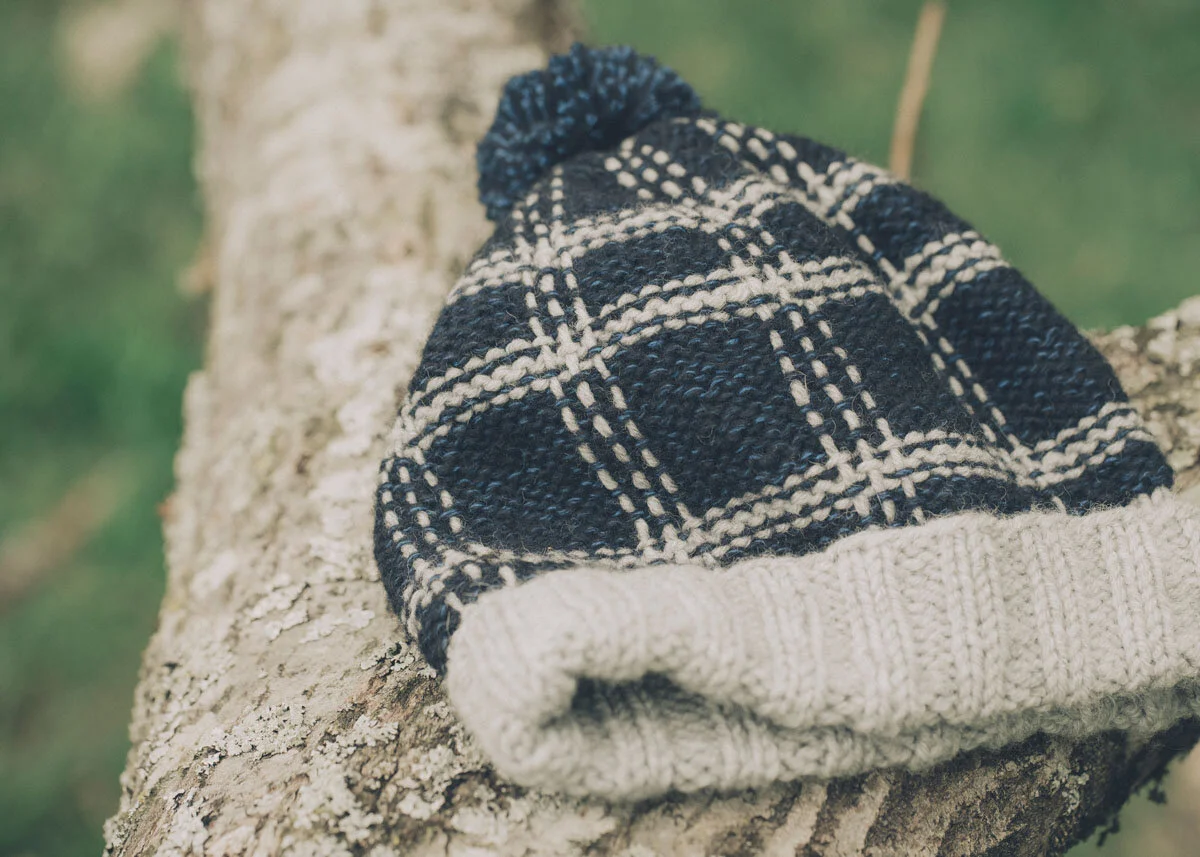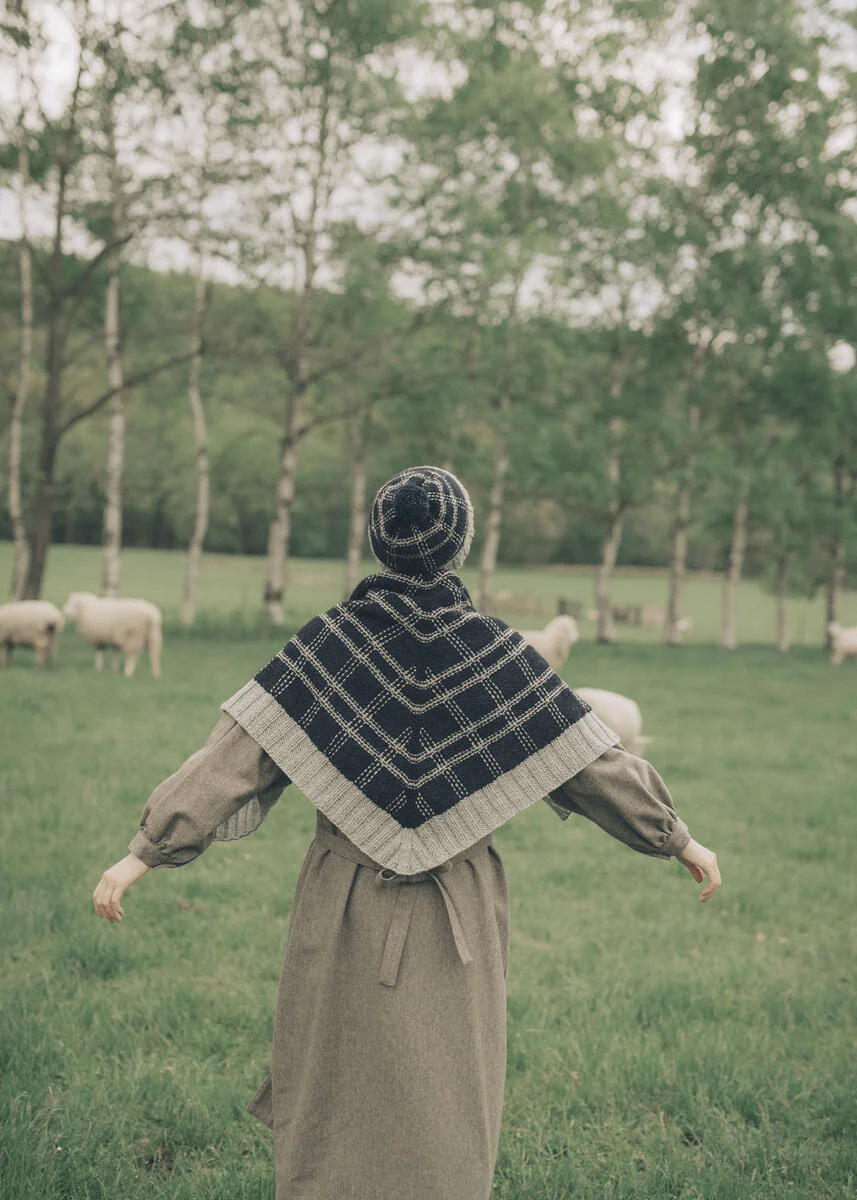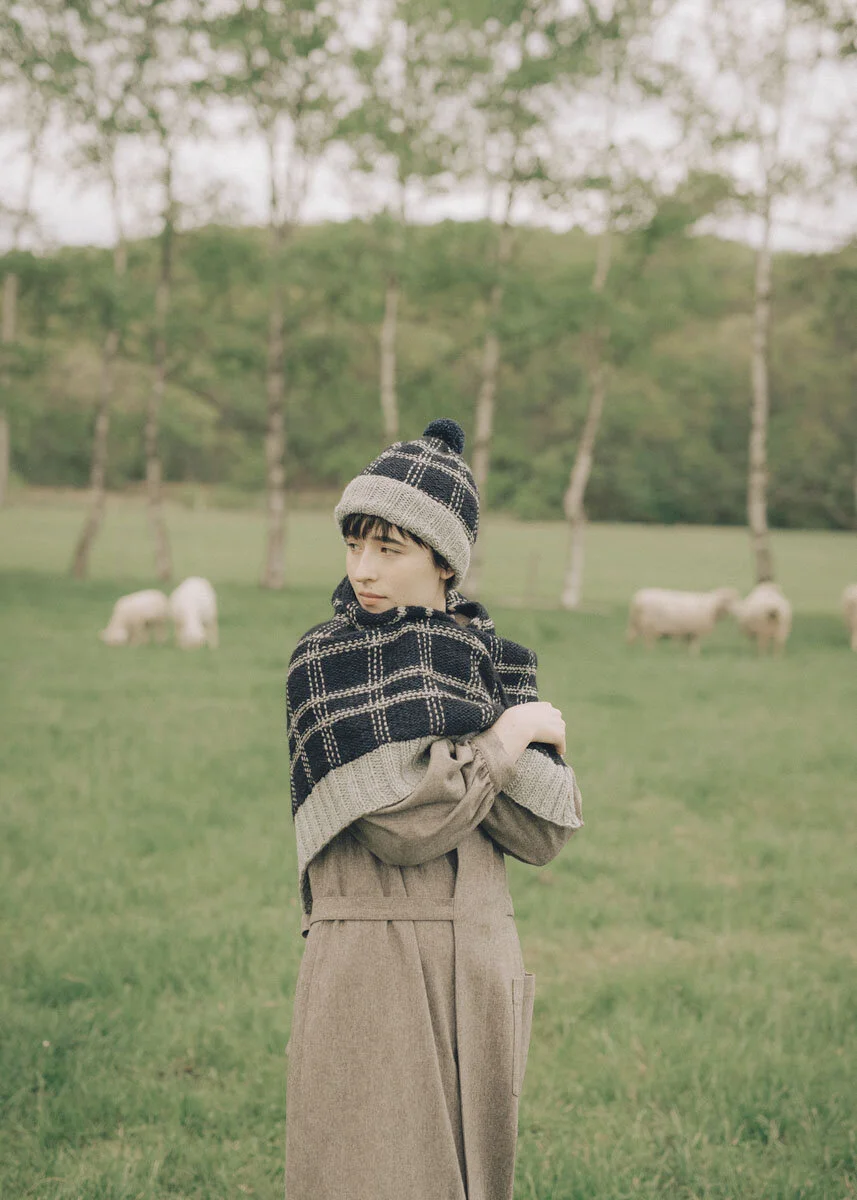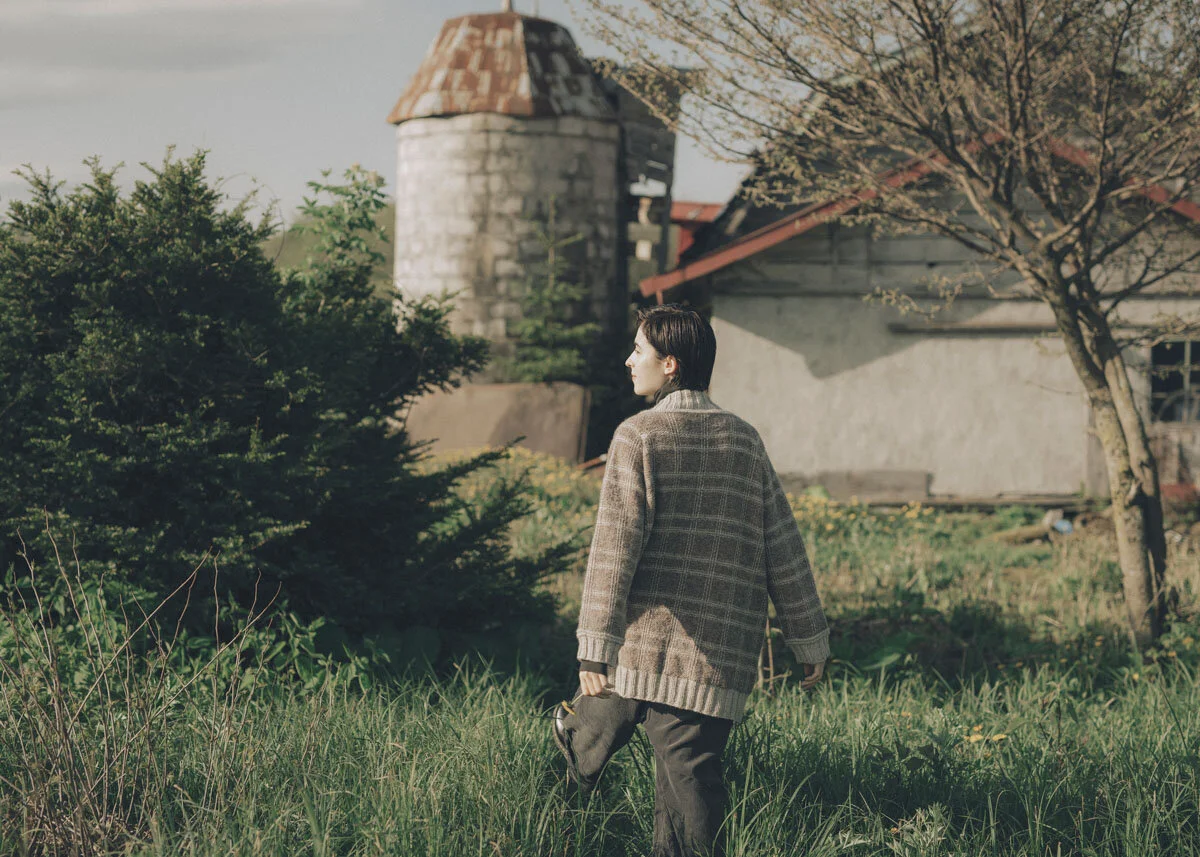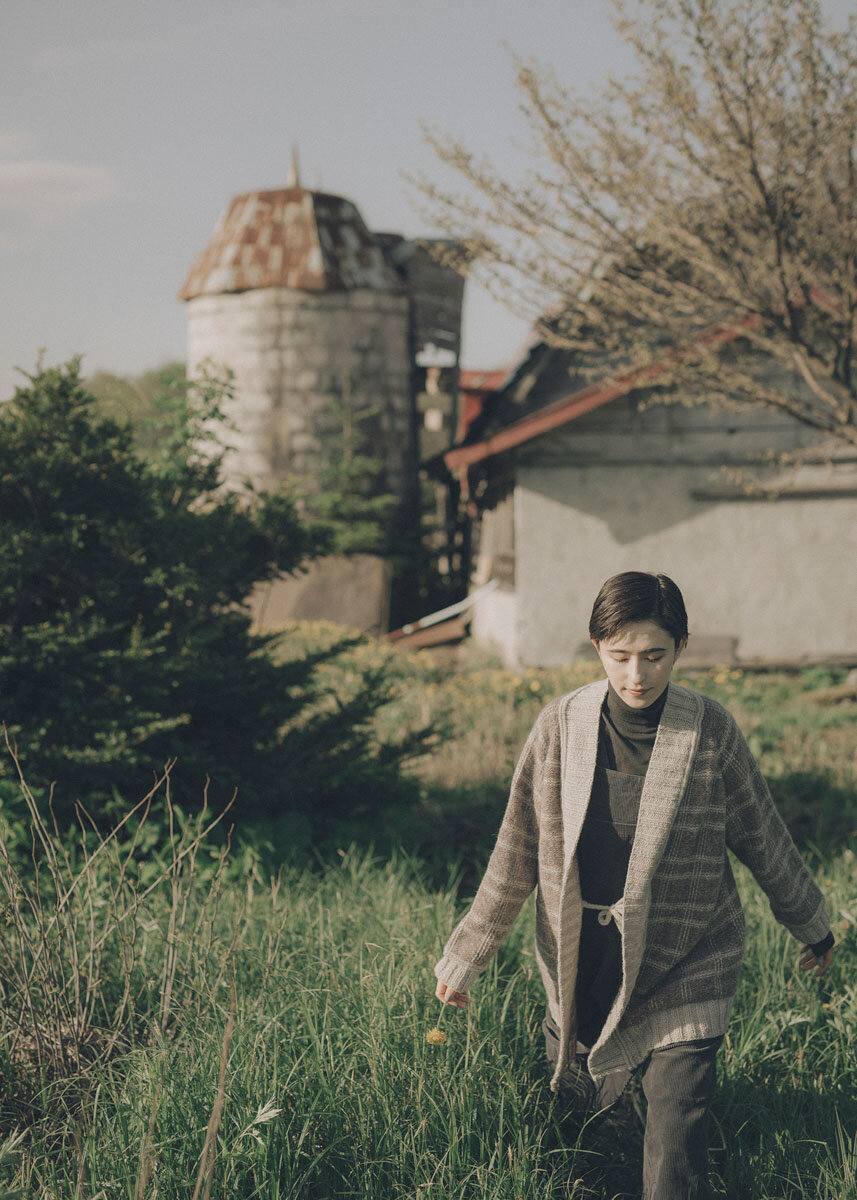As summer started to fade from Helsinki, I grabbed at the chance to fly home to Nova Scotia for the first time in two years. When I arrived at the end of August, I was greeted with a handful of summer days and saw the first touches of fall before I left. I am now back in Helsinki where the nights are cooler and the leaves are well on their way to changing into their fall colours.
September was full of pattern launches and I can’t wait to share everything with you. When I write a blog post I normally have one pattern to introduce. However, this time I have six. I repeat, six new patterns to chat about. Before this blog post gets too lengthly, I thought I would divide this collection in half and share three designs with you today.
Picture of Yorkshire sheep. Photography by Masahiro Shimazaki for amirisu.
DARUMA and amirisu published their first book together last year. You may remember Epistemology DARUMA Collection 2020, a book filled with ten garments and accessories that were photographed in and around DARUMA’s dye house located in Kyoto, Japan. This year, amirisu worked with two different designers, Alice Caetano and myself, to create the collection for this year’s book, Sublation DARUMA Collection 2021, released at the beginning of September.
I was approached last fall by amirisu about being a co-collaborator and right away was interested. I was only slightly familiar with DARUMA’s yarn. My cardigan design, Sintra, for Loop in London featured Genmou but assumed the rest of their yarns would be just as lovely. After gathering inspiration and making final decisions, a large box full of DARUMA yarn arrived at my door. It was a little intimidating at first to have such a large quantity of yarn show up at once but I had no choice other than to dive in. In order to make this task not feel as daunting, I decided to start with one piece at a time.
Images from Pinterest.
In this post I’ll cover Synthesis, a smaller collection within the collection, including a hat, shawl and cardigan. The original design brief included inspiration from British fashion and I immediately thought about how to incorporate this into a texture. I naturally thought of plaid and wanted to create a knitted version. Plaid is traditionally woven. I’ve seen a lot of crochet patterns replicate it but only a hand-full of knitting patterns.
Original Synthesis swatches.
I thought Geek would be the perfect yarn to create this fabric since it has a naturally felted feel when knit, very much reminiscent of woollen plaid blankets. I added in Falkland Wool as the secondary colour so this smooth yarn would add some colour and texture contrast to the fuzzy finish of Geek.
To achieve this look, I went with reverse stocking stitch in the body of the swatch. I love the extra lines created on this side when adding in stripes of colour. I paired the reverse stocking stitch with a chunky 2x2 ribbing for the hems, brim and collar. To finish off the look, the vertical lines are embroidered on afterward. A simple running stitch is woven over and under the rows.
Now that I had a texture in mind, I started to think how this could translate to different garments and accessories. First up was a hat, a great little project to try this out on. After swatching how increasing would effect the pattern, the idea for the shawl and raglan cardigan then followed.
Original Synthesis Hat sketch.
Original Synthesis Shawl sketch.
I started with the Synthesis Hat first since it was the smallest accessory and fairly easy when it came to the construction. The Synthesis Hat is knit in the round, starting with the folded brim of 2x2 ribbing in Falkland. The body is worked in Geek, occasionally adding in a round of Falkland to create the horizontal stripes. After the hat is finished, embroidered lines of Falkland are added to create the vertical lines and complete the plaid look.
Close up of embroidery on right side of Synthesis Shawl.
Reverse side of Synthesis Shawl, after embroidery.
Next up was the Synthesis Shawl, a large triangle shawl design. The cast on point is in the centre of the top. Increases are worked on either sides of the centre spine and at the begging and end of a wrong side row. The body is mainly knit in Geek with the occasional stripe of Falkland. A thick border of 2x2 ribbing in Falkland finishes the shawl. Just like the hat, the embroidered lines a are done afterwards.
Original Synthesis Cardigan sketch.
The third design is a large cardigan, knit from the top down, the raglan increases create the shaping for the sleeves. Once the bottom is reached, a large hem of 2x2 ribbing is worked in Falkland. The collar is picked up and knit in one piece. I added in a few rows of welts before the 2x2 ribbing is started. The sleeves and cuffs are picked up and worked in the round. You’ll see the same rows of welts, just before the cuffs. At the last minute I decided to included two I-cord ties just on the inside of the cardigan.
Close up of collar welts on Synthesis Cardigan, before embroidery.
Front view of Synthesis Cardigan and ties, after embroidery.
Back view of Synthesis Cardigan, after embroidery.
I love the possible colour combinations that using two different yarns can give you. Below in the details sections I have mentioned each yarn and colour that was picked for these samples. However, amirisu generously included many swatches in their newsletter a few weeks ago that might help you narrow down your choice. Take a look at their samples below, I’ll also include a link to their collections of swatches, here. I will leave you with some of the photos from the shoot which took place at a Yorkshire Farm in Hokkaido, Japan. The whole amirisu team did a fantastic job. In my next post I’ll talk about my other three designs plus some of the pieces from Alice Caetano’s contribution that I’d like to make for myself!
Geek and Falkland swatches by amirisu.
Picture of Synthesis Hat. Photography by Masahiro Shimazaki for amirisu.
SYNTHESIS Hat Details
Yarn
Bulky weight yarn
(MC) Approximately 85 yards / 75 m
DARUMA GEEK (56% Wool, 30% Polyester, 14% Alpaca; 126 yards / 115 m, 50g)
Aran weight yarn
(CC) Approximately 60 yards / 55 m
DARUMA Falkland Wool (80% Falkland Wool, 20% Alpaca; 93 yards / 85 m, 50g)
Sample is shown in GEEK #4 (MC) 1 ball paired with Falkland Wool #4 (CC) 1 ball
Needles
A US 9 (5.5 mm) 16” / 40 cm circular needle
A set of US 9 (5.5 mm) double pointed needles (DPNs)
Or, needles required to obtain gauge
Gauge (after blocking))
16 stitches & 23 rows = 4” / 10 cm in plaid pattern in the round with US 9 (5.5 mm) needle
16 stitches & 24 rows = 4” / 10 cm in 2x2 rib in the round with US 9 (5.5 mm) needle
Sizes
Finished measurements = 18” / 45.5 cm circumference, 9 3⁄4” / 25 cm depth with brim folded
Full Depth: 12” / 30.5 cm
Tools
Stitch marker (1), tapestry needle, 2 1⁄2” / 6.5 cm, pompom marker
To view Synthesis Hat on Ravelry, click here.
Picture of Synthesis Shawl. Photography by Masahiro Shimazaki for amirisu.
Picture of Synthesis Shawl. Photography by Masahiro Shimazaki for amirisu.
SYNTHESIS Shawl Details
Yarn
Bulky weight yarn
(MC) Approximately 360 yards / 330 m
DARUMA GEEK (56% Wool, 30% Polyester, 14% Alpaca; 126 yards / 115 m, 50g)
Aran weight yarn
(CC) Approximately 230 yards / 210 m
DARUMA Falkland Wool (80% Falkland Wool, 20% Alpaca; 93 yards / 85 m, 50g)
Sample is shown in GEEK #4 (MC) 3 balls paired with Falkland Wool #4 (CC) 3 balls
Needles
A US 10 (6 mm) 32” / 80 cm or longer circular needle
Or, needles required to obtain gauge
Gauge (after blocking))
14 stitches & 22 rows = 4” / 10 cm in Plaid Pattern with US 10 (6 mm) needle
14 stitches & 22 rows = 4” / 10 cm in 2x2 rib (slightly stretched) with US 10 (6 mm) needle
Sizes
Finished Measurement: width 55 1⁄2” / 141 cm across top edge, length 28 3⁄4” / 73 cm
Tools
Stitch markers (11), tapestry needle, waste yarn, blocking mats and t-pins (optional)
To view Synthesis Shawl on Ravelry, click here.
Picture of Synthesis Cardigan. Photography by Masahiro Shimazaki for amirisu.
SYNTHESIS Cardigan Details
Yarn
Bulky weight yarn
(MC) Approximately 615 (675, 740, 815, 900) (985, 1085, 1195, 1315) yards / 560 (615, 675, 745, 820) (900, 990, 1090, 1200) m
DARUMA GEEK (56% Wool, 30% Polyester, 14% Alpaca; 126 yards / 115 m, 50g)
Aran weight yarn
(CC) Approximately 435 (470, 520, 570, 630) (690, 760, 840, 920) yards / 395 (430, 475, 520, 575) (630, 695, 765, 840) m
DARUMA Falkland Wool (80% Falkland Wool, 20% Alpaca; 93 yards / 85 m, 50g)
Sample is shown in GEEK #3 (MC) 5 (6, 6, 7, 8) (8, 9, 10, 10) balls paired with Falkland Wool #2 (CC) 5 (6, 6, 7, 7) (8, 9, 9, 10) balls
Needles
A US 8 (5 mm) 32” / 80 cm or longer circular needle A US 9 (5.5 mm) 32” / 80 cm or longer circular needle
Or, needles required to obtain gauge
Tools
Stitch markers (8), waste yarn, tapestry needle, blocking mats and t-pins (optional)
Gauge (after blocking)
16 stitches & 23 rows = 4”/ 10 cm in Rev St st with US 9 (5.5 mm) needle
16 stitches & 22 rows = 4” / 10 cm in 2x2 rib with US 9 (5.5 mm) needle (slightly stretched)
Sizes
Finished bust measurement: XS (S, M, L, XL) (2XL, 3XL, 4XL, 5XL) = 42 1⁄2 (46 1⁄2, 50, 53 1⁄2, 56 1⁄2) (60, 63, 66 1⁄2, 69 1⁄2)” / 108 (118, 127, 136, 143.5) (160, 169, 176.5) cm
The sample is in size S on a 5’5”/165 cm tall model with 16 1⁄4” / 41 cm positive ease at bust.
To view Synthesis Cardigan on Ravelry, click here.
Picture of Synthesis Cardigan. Photography by Masahiro Shimazaki for amirisu.
Thank You
Publisher: Tokuko Ochiai & Meri Tanaka - amirisu, @amirisushop
Yarn Support: DARUMA, @yokota_co_ltd
Photography by: Masahiro Shimazaki, @masahiro_shimazaki
Model: Natane, @natanedayo
Hair & Makeup: Yoko Yoshikawa, @yokoyosh
Picture of Synthesis Cardigan. Photography by Masahiro Shimazaki for amirisu.
Picture of Synthesis Cardigan. Photography by Masahiro Shimazaki for amirisu.
